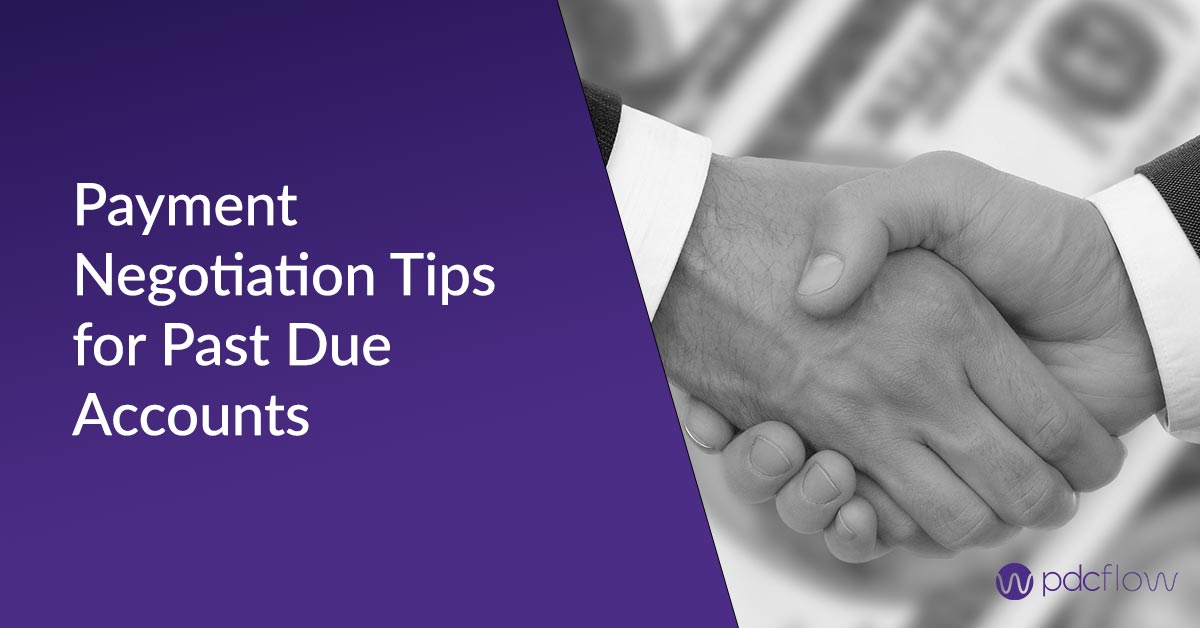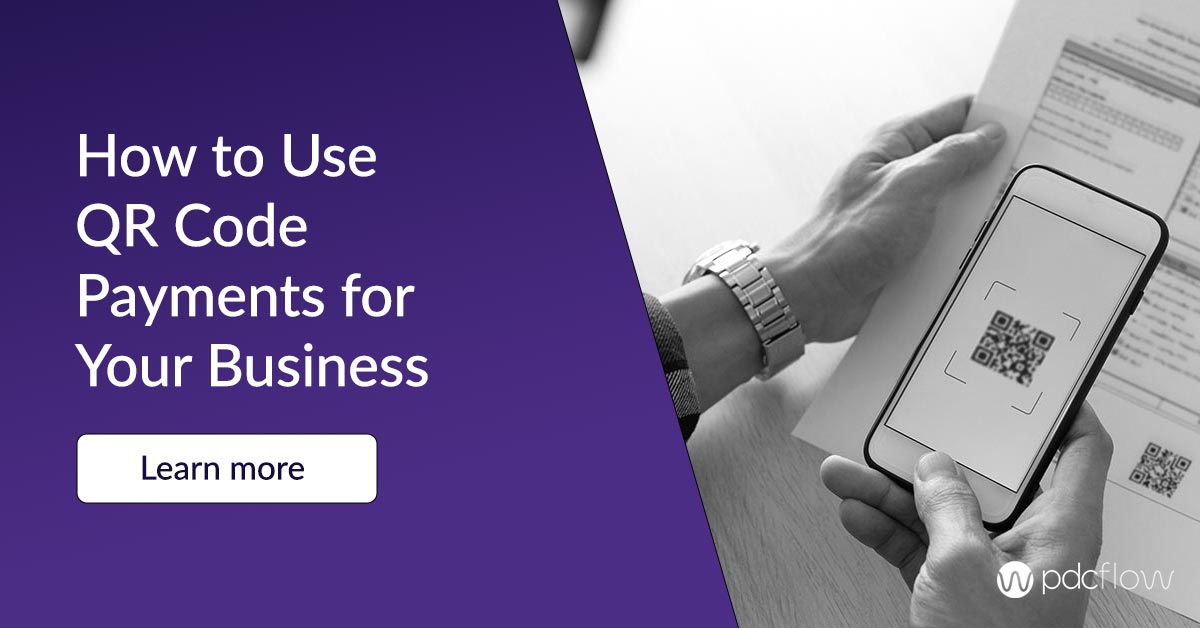Every employee will encounter late payment excuses in accounts receivable collections.
Greg Ruffino, a successful coach and trainer in the accounts receivable industry, is well-versed in the difficulties a consumer’s payment stalls and objections can cause.
Ruffino shared his knowledge on the subject, including common excuses for late payments consumers give and effective debt collection techniques to overcome them.
Payment Excuses and Objections
The rise of call blocking has made right-party contact more difficult in recent years. Once you’ve made this first consumer contact, it’s vital to have the highest quality conversation possible.
But some consumers use common excuses for late payment that make these conversations, and an accounts receivable team’s overall objective, more difficult.
Many of the stalling comments consumers make relate to having no time or money to deal with a payment collection call. Accepting these payment excuses at face value can be a disservice to both you and your consumer.
High-quality conversations benefit you and your business by leading to more information and a higher likelihood of payment. These phone calls also serve consumers by helping them resolve outstanding invoices and placing them on the path to a better financial situation.
Ruffino says the most common stalls and objections he has encountered are:
- I cannot talk right now / can you call me back later.
- I am unemployed.
- I am driving.
- I am at work.
- I can pay you next month.
Accounts Receivable Collection Tips
Thoroughly training your front-line team to expect and prepare for this situation is the key to success. There are more tactics you can use to ready team members for overdue payment objections.
- Role-playing - Give staff the chance to verbally practice the responses in the script. Getting comfortable having these conversations out loud can make them go much more smoothly on a live call.
- Play Recordings of Successful Calls - Another helpful training tool is listening to the past successes of other team members. Identify a call where an agent smoothly addressed a consumer’s concerns. Replaying that for your team is another tool to prepare them.
- Training on Conversation Skills - Some employees may benefit from more general information and practice on how to converse with consumers. Focusing on conversational intelligence equips employees to comfortably address difficult topics like financial struggles.
- Voice and Intonation Practice - The tone of your voice is just as important as the words you use in consumer communications. Employees should practice voice intonation and how to sound pleasant and persuasive with consumers.
ADDRESSING TIME OR AVAILABILITY PAYMENT STALLS
If a consumer claims they can not speak at the moment you call, assure them you will keep the conversation short. Ruffino says other factors in addressing a time stall can be determined based on the account's age and whether the consumer has spoken to your agency in the past.
"If we have never spoken to them, now may be a good time to schedule a call back," he explains.
ADDRESSING FINANCIAL PAYMENT OBJECTIONS
Delayed Payment Excuses vs Disputes
It’s important to understand the difference between stalling tactics and disputes. While a consumer may stall on payment, or object to having money to pay, this doesn’t mean they disagree that they owe the debt.
“Disputes will typically reference that the consumer does not owe, the amount is wrong, or it is the wrong person,” says Ruffino.
I do not owe that much.
This bill is not mine.
I never got those services.
I don't agree with how much the bill is.
Although legally it is acceptable to only honor written disputes, it’s considered best practice to accept verbal disputes as well. Doing so can help you avoid possible litigation.
Staff should be trained to easily spot the difference between payment objections and debt disputes so they are ready for anything on a call – no matter what course the conversation takes.
The PAID Model: An Accounts Receivable Collection Process
Ruffino was a presenter at a conference for debt collectors, where he spoke of his simple conversation guide for the collection of receivables. By following the acronym P.A.I.D., collectors will see more success during consumer interactions.
P = Paid in Full
A = Acquire Information
I = Interact With Consumers
D = Deliver Payment Options
He says that even when consumers offer late payment stalls or objections during a call, it’s still possible to follow the PAID system. Staff can address payment excuses while both A, acquiring information and I, interacting with the consumer.
Following these steps offers a clear blueprint for keeping calls consistent and getting the most out of each interaction. What’s more, this system reminds agents to work to respectfully get the highest quality information, which will improve communications with consumers.
How to Handle Especially Difficult Calls
Every collector will encounter some collection calls that are exceptionally difficult to navigate.
“Let them vent, listen more than you speak,” says Ruffino. “Often, letting someone get their thoughts or frustrations off their chest goes a long way in turning the corner. I will continually let them know that we are here to help.”
KNOWING WHEN TO MOVE ON
It’s also important to acknowledge that sometimes, a call just won’t end successfully. Be sure to teach staff to pay attention to failed calls as well as successes. What could have been done differently that they can try in the future?
Emphasize staying positive, learning from past experiences, and knowing when to move on.
“If I let myself get upset or become difficult along with the consumer, I should assume they will never speak to us again and therefore we will never get paid on that account. The door always stays open, no matter what. Thank them for their time, make great notes on the account file to help you or others prepare for the next effort with them and simply move on.”
Leverage Technology for Accounts Receivable Collection
PDCflow software can help businesses with collection efforts.
- Send payment reminders - Sending payment reminders through email or SMS keeps customers from falling behind, preventing future late payments and delinquency issues. These digital messages let you include a payment link, so customers have quick access to your online payment page.
- Send supporting documents live on the phone - Send account statements to an inbox or mobile number while your staff has the consumer on the phone. This gives your consumer the ability to ask questions, verify they owe the bill, and submit a payment while still on the phone with your employee.
- Offer multiple payment options - Give consumers multiple payment methods, so they can resolve their account balance without the need to speak to an employee. Make sure your website offers an easy-to-use payment portal, use customized QR codes on paper statements, and for larger balances, allow them to set up their recurring payment schedules.
Take control of your business today, with software that gives your entire team the ability to send payment requests and documents (invoices, billing statements, settlement letters) to your customers through email and SMS.





